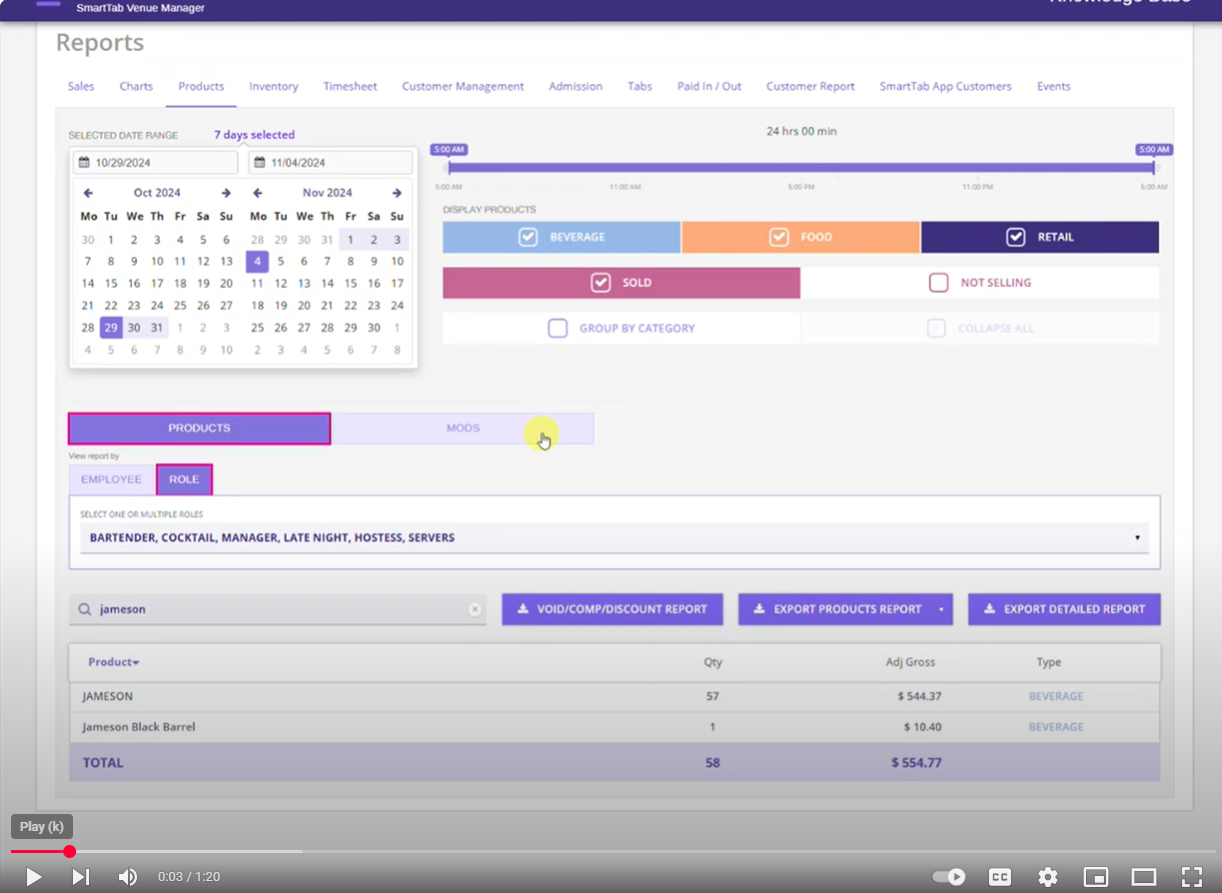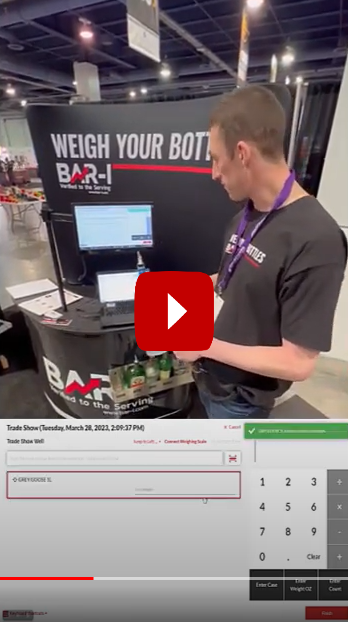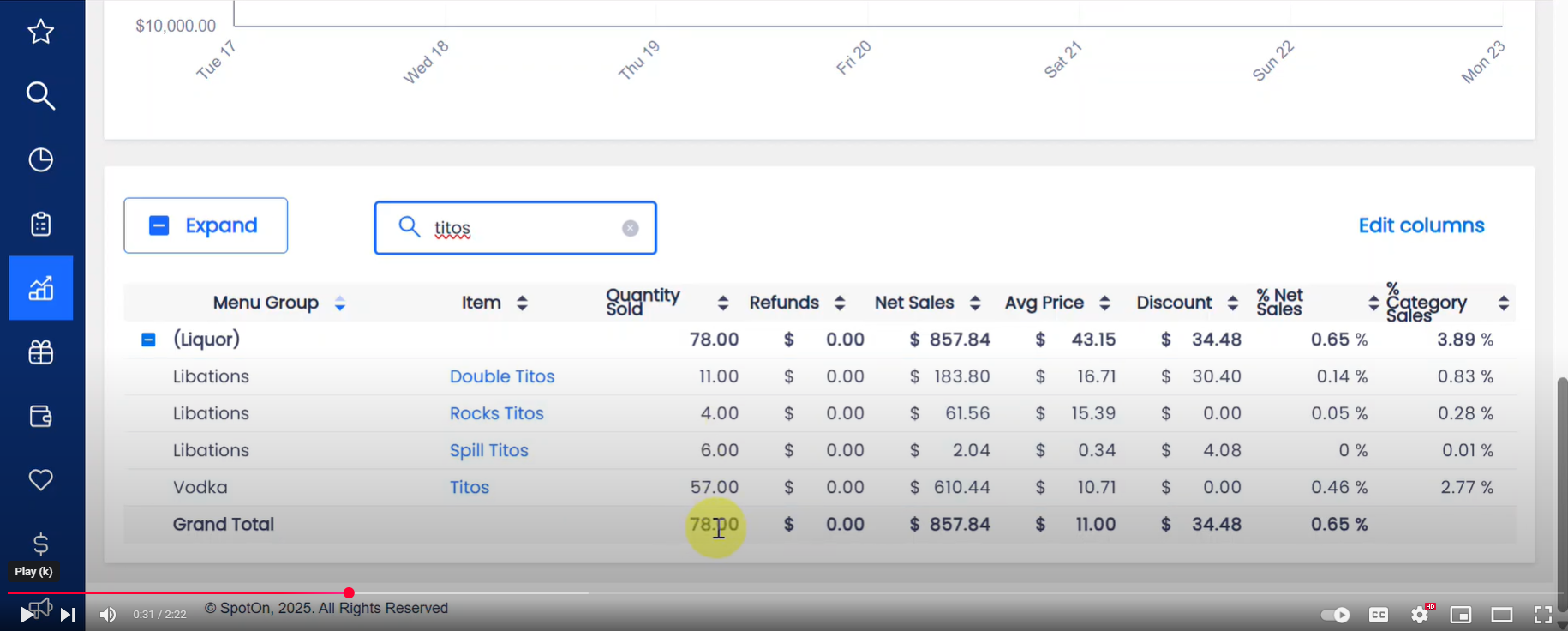In the first three parts of this series, we focused on setting up your POS system for accuracy. But a powerful system is only ...
Read more ›
In the first part of our new 4-part video series, Bar-i CEO Jamie Edwards breaks down the foundational—and often ...
Read more ›
Understanding your draft beer performance is key to a profitable bar. In the video below, we walk through the powerful reporting tools inside the Bar-i system and demonstrate how to use real data to make ...
Read more ›










